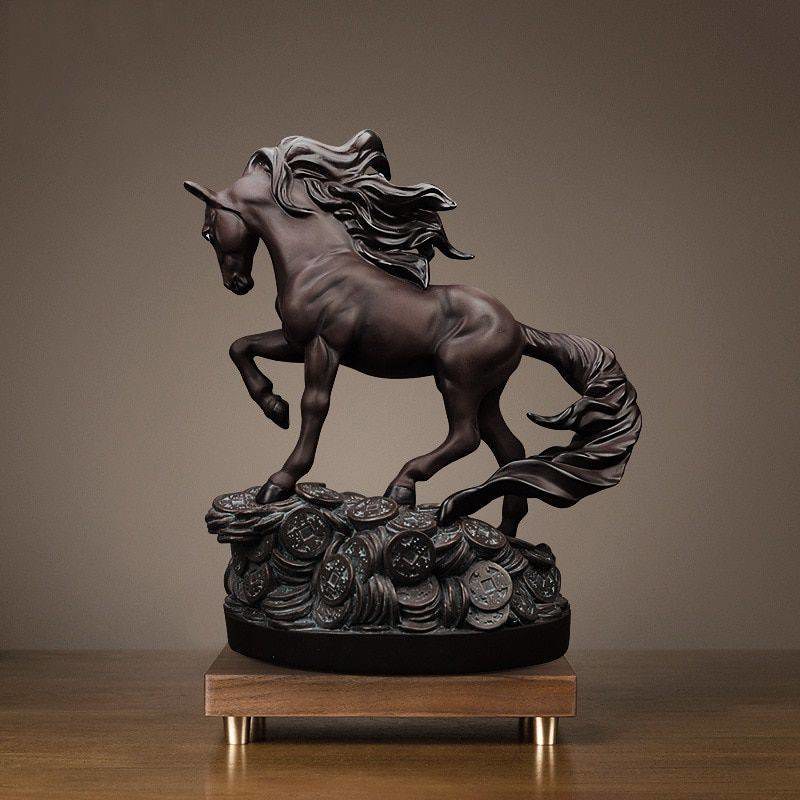Because the temperature drops, horses burn more power to remain heat, therefore their vitality necessities will improve. We will present our horses extra energy in the type of concentrates and forage. Forages are digested by the microbes in your horses giant intestine and produce extra heat than concentrates. An excellent analogy is to compare focus and forage to your wooden stove. Concentrates are your kindling and Forage are the logs. Ideally a horse would obtain free choice hay all through the winter. How much extra forage does your horse need to stay heat? Then they'll regulate if they need more or less in the course of the day and night. Some of us have easy keepers who would not do well on free selection hay! For these horses, we have to regulate their intake. Weigh out their hay and provide it in small hole hay nets to prolong their quantity of chew time. The very first thing you'll want to do is learn how much your horse weighs. Utilizing physique length plus coronary heart girth tends to be more accurate. I recommend using the following technique versus a weight tape that solely wraps round the guts girth. Utilizing a tender measuring tape (the type usually present in sewing kits) measure your horses heart girth and write the variety of inches down. Subsequent, measure the body size from point of shoulder to point of hip, and write it down. Write down the HG and BL also, this may assist ensure you that you're measuring at the identical location each time. Be sure to write it all all the way down to seek advice from all through the winter. If you are just a few inches off, most definitely you're measuring from a slightly totally different location (unless you may inform by looking that your horse has obviously gained or lost weight). Strive to seek out landmarks. Paint horses have great landmarks! Now that you understand how a lot your horse weighs, you can figure out how much hay he must eat. Your average horse in excellent weight should eat 2% of his physique weight. Some laborious keepers require upwards of 2.5% of body weight. You probably have an overweight horse, you can drop right down to 1.5% of his body weight, but no lower than that or you white horse statue can be creating a complete different set of points! 23lb of hay per day. Max weighs 1,159lb and must eat 2% of his physique weight. When the temperature drops below 45 levels F (including wind chill) horses begin to burn further power to remain heat. This 45 degree mark known as "Crucial Temperature". For each 1 degree F below the important temperature, your horse will require a 1% increase in digestible power (DE). As with all the pieces horse related, there are loads of variables to this rule, equivalent to wind chill, rain/sleet, your horses coat thickness or for those who blanket. Consider digestible vitality like your horses calorie requirement. Since horse nutrition is 90% math, lets get again to that! If I proceed with the math we'd calculate your horse's DE requirements, next calculate how a lot further DE is needed in your current temperature, next check your hay to see precisely how much DE it provides per pound, lastly calculate how a lot additional hay will present the additional DE required for the present temperature. If it is 20 degrees F where our buddy Max lives he would wish an additional 2 1/2-5lb of hay. This guideline is for horses at maintenance or light work. Additional hay will be wanted if your horse is a tough keeper, in heavy work, or on poor high quality hay.
